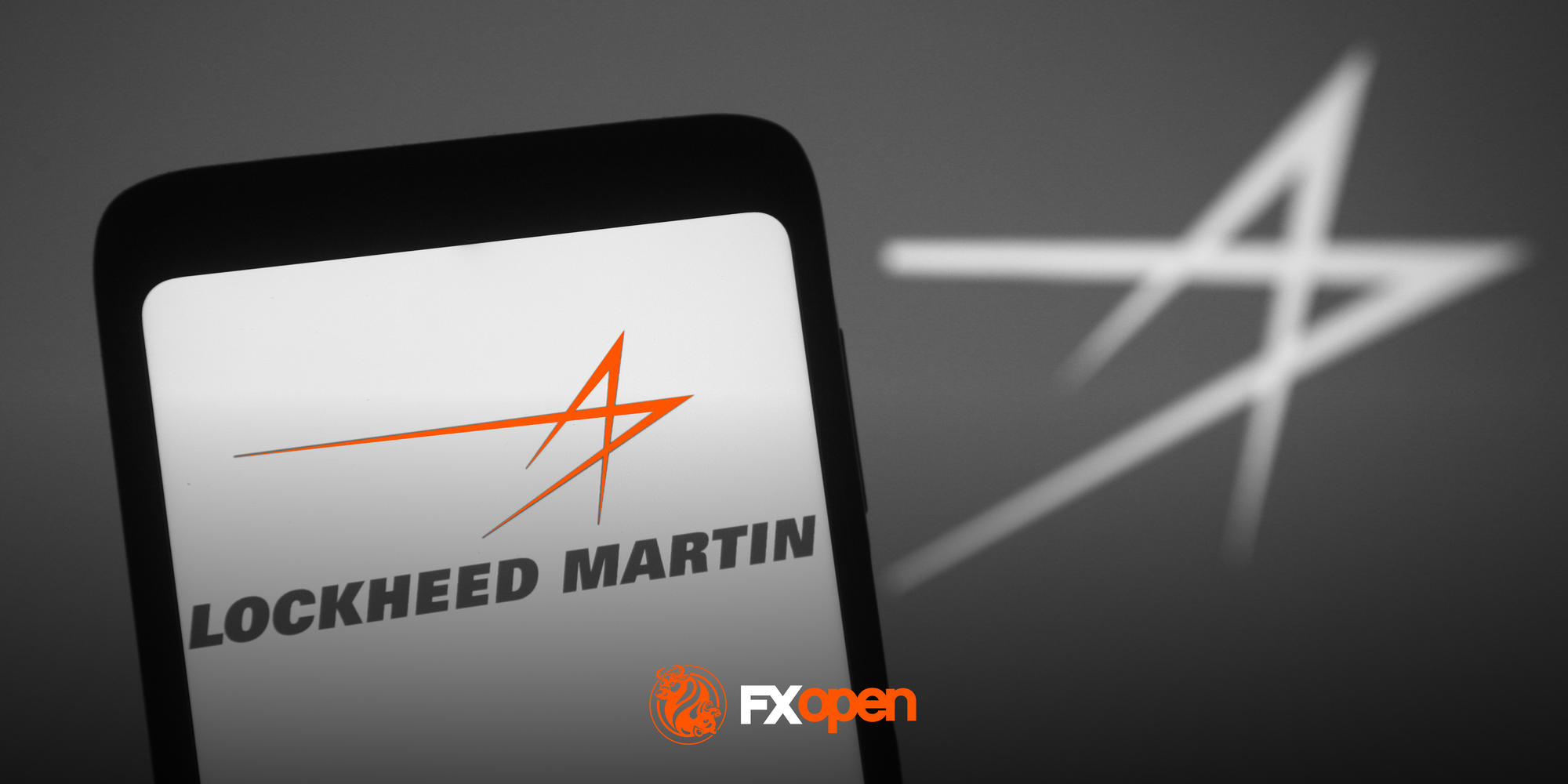FXOpen

Certain established seasonal trends can influence the direction of various currencies at specific times of the year. In this article, we will discuss the concept of seasonal trends in the forex market, explore some common patterns, and discuss the factors that drive these trends.
What Are Seasonal Trends in Forex?
Understanding seasonal forex trends can be valuable for traders, as it provides insights into when specific currencies may strengthen or weaken or when higher or lower market activity is to be expected.
Seasonal trends refer to recurring patterns that manifest during certain times of the year. These patterns are not random but rather the result of various economic, geopolitical, and cultural factors coming into play. Therefore, we can conclude they are a product of market behaviour that repeats itself annually.
Seasonal trends in the forex market are shaped by a combination of economic, behavioural, and cultural factors. Major economic indicators are typically scheduled on specific dates of the year, and the expectations of their release can shape market sentiment. Regulatory tax requirements and cultural events like holidays can have an impact on currency trading as well, introducing uncertainty into the forex market and leading to seasonal trends.
Factors Driving Seasonal Tendencies in Currencies
Understanding the factors that drive seasonal trends is essential for forex traders and can provide valuable insights into potential market movements.
Economic Factors
Economic factors play a significant role in seasonal trends as each country’s major economic data is scheduled for release at particular times of the year. Also, during the summer months, some countries may experience increased economic activity. This can lead to strengthened local currencies. Conversely, in regions with harsh winters, there may be a slowdown in economic activity, which can weaken local currencies.
Geopolitical Factors
Geopolitical events, such as elections or trade negotiations, can introduce uncertainty into the forex market. Traders often adjust their positions based on the outcome of these events, leading to seasonal trends. For example, a country's election season may lead to significant fluctuations in the value of its currency as investors react to political developments.
Local Cultural Factors
Specific local events and holidays can also cause seasonal strength or weakness in a country’s currency. The celebration of major holidays can lead to reduced trading volumes as market participants take time off. This reduced liquidity can lead to unexpected currency movements, which traders need to be aware of when considering their positions.
Commonly Observed Seasonal Tendencies in Forex Charts
Below, we discuss some common seasonal patterns in the forex market based on historical data. Seasonal tendencies mostly concern trading activity and volatility patterns at specific times of the year.
- Year-End Position Adjustments: Towards the end of the year, traders and investors often make adjustments to their portfolios for tax and accounting purposes. Tax seasons can impact currency values as investors engage in tax-related actions, such as tax-loss harvesting, to offset gains or losses. This can lead to increased volatility and abrupt currency movements as positions are squared. A seasonal tendency for EUR/USD, for example, is to experience increased fluctuations and sudden surges in trading volumes in November and December.
- Summer Slump: During the summer months, particularly in July and August, trading volumes in the forex market tend to decrease. This is often referred to as the "summer lull." Many traders take vacations during this time, leading to lower liquidity and potentially less volatile price movements.
- The "Santa Claus Rally": This typically occurs during the last five trading days of the year and the first two trading days of the new year. Traders often anticipate increased market activity as the holiday season approaches, with positive sentiment driving currency exchange rates. A commonly observed GBP seasonal tendency, for example, is to appreciate towards the end of December.
- Holiday Season: Major holidays, such as Christmas and New Year, can influence the forex market. Reduced trading volumes during these times can result in more significant price swings and unexpected currency movements.
- Tourism Season: In regions heavily reliant on tourism, seasonal trends may influence currency values. During peak tourism seasons, the local currency may strengthen due to increased demand from tourists. For example, Switzerland experiences a surge in tourism during the winter months (December to March). As tourists pay for skiing and snowboarding activities in the Swiss Alps, the Swiss franc tends to strengthen due to the higher demand.
- Seasonal Events: Some currencies are influenced by specific events like agricultural harvests, where the value of a currency may fluctuate based on the success of the harvest season. For example, the wheat harvest in Australia typically occurs from November to December. During this period, Australia sees a surge in wheat exports, which can strengthen the Australian dollar.
You can try new opportunities for trading on seasonal patterns by visiting FXOpen’s free TickTrader platform.
Risk Considerations
While seasonal trends can be insightful, they come with their own set of risks and challenges that traders must consider.
It's crucial for traders to conduct thorough analysis before making trading decisions based on seasonal trends. Over-reliance on historical seasonal patterns can be risky. Market dynamics change, and new factors can emerge, making it essential for traders to stay flexible and adapt to evolving conditions. Relying solely on historical data may lead to missed opportunities or unexpected losses. Traders complement seasonal trend analysis with other forms of technical and fundamental analysis.
Conclusion
Seasonal trends in the forex market can offer valuable insights for traders. Understanding the factors that drive these trends and the associated risks is crucial for making informed trading decisions. Traders use seasonal trend analysis as a part of an overall strategy and avoid making financial decisions solely based on historical patterns. You can open an FXOpen account and continue your journey in the forex markets.
This article represents the opinion of the Companies operating under the FXOpen brand only. It is not to be construed as an offer, solicitation, or recommendation with respect to products and services provided by the Companies operating under the FXOpen brand, nor is it to be considered financial advice.
Stay ahead of the market!
Subscribe now to our mailing list and receive the latest market news and insights delivered directly to your inbox.








